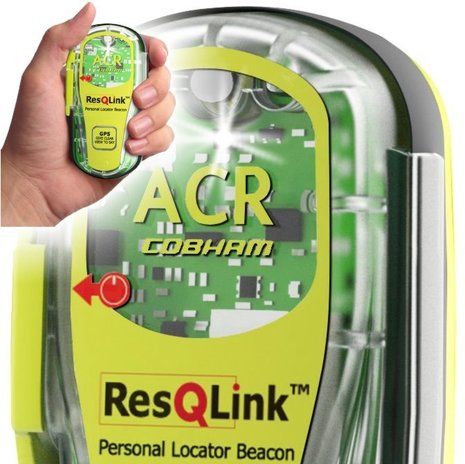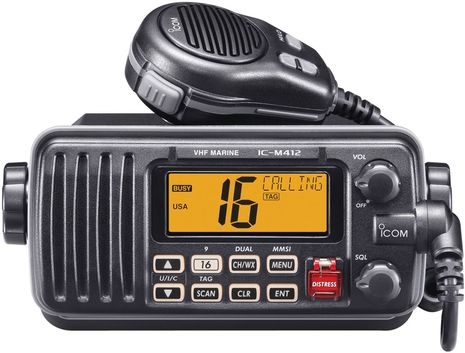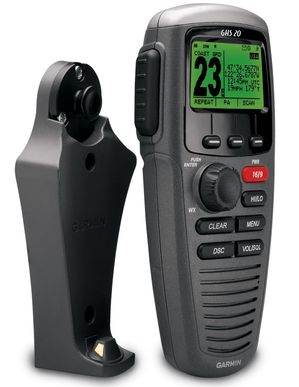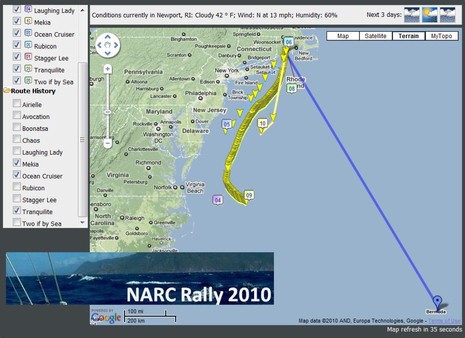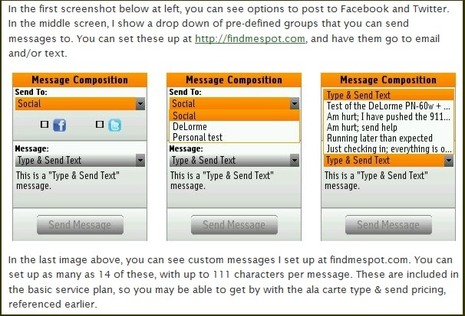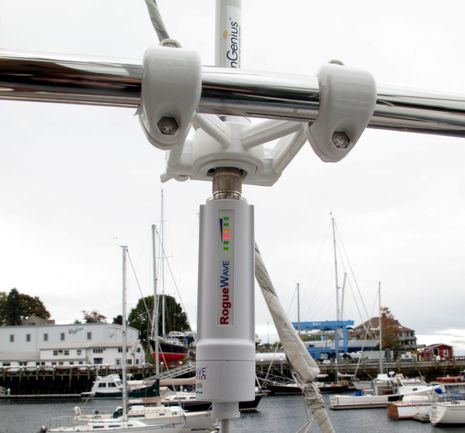The sat phone war, “independent study” edition
That diabolical test machine is forcing a measured, if destructive, twist into an Iridium 9555 sat phone, which may be a good metaphor for what Inmarsat had in mind when it commissioned an independent study comparing its Isatphone Pro to the 9555 as well as the Thuraya XT (which doesn’t cover the Americas). After all, there had already been crowing about another “independent study” that turned out to be commissioned by Iridium (downloadable here). Now it’s very easy to be cynical about studies that each find the hardware and service offered by the company that paid to be superior, but actually I found both reports to be largely credible and quite useful…




